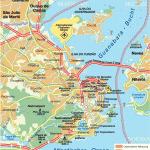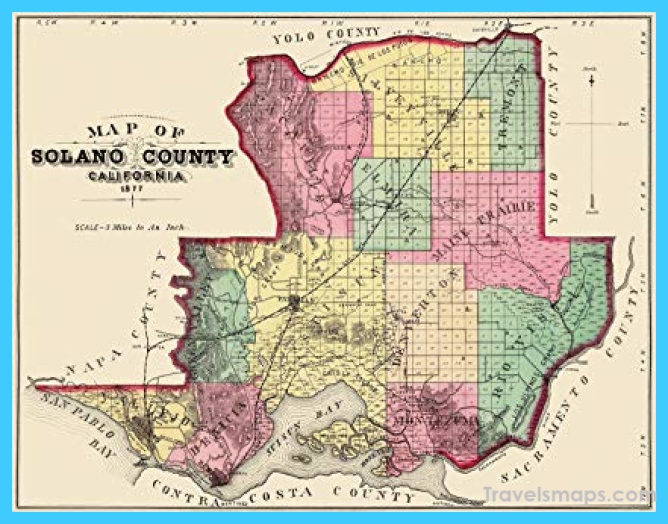The private jet industry is continuously increasing in popularity, but has more recently grown from strength to strength. Whether it’s a short or long haul flight, privately flying in luxurious comfort and style, or the exclusive service you receive on-board, it’s no wonder more and more people are now opting for this travel option. Charter services, in Brazil particularly, have now reached the point where flying by private jet is in such high request it has left the country in need of a solution and has begun making plans to expand existing airports to meet the high demands.
Experts predict that the demand for private jets is expected to continue its robust growth over the next decade, with new deliveries estimated to be worth US$265 billion. North America is thought to continue maintaining its global dominance with Brazil sitting in second place as the largest buyer of private jets in the world.
Currently, Brazil occupies 772 operational executive jets, falling only behind the United States and their global dominance. Brazil totals over 13,000 vehicles that are dedicated to non-commercial aviation. Of those, 3,600 of them are only in the state of S£o Paulo, which boasts a fleet of over 1,500 private jets. These are a form of transportation regularly used by executives, in particular, within the larger and busier cities of Brazil. Over the next few years, it is predicted that this number will increase and generate approximately $500 million annually in private jet sales across the country.
“Business travel is no longer limited to Sao Paulo, Rio de Janeiro and Brasilia. That means aircrafts are increasingly important to the country’s economic growth,” said Adalberto Febeliano, executive vice president of the Brazilian Aviation Association.
S£o Paulo’s Congonhas airport is the main destination for arrivals and departures of private jets in Brazil, with reputable charter air services such as Chapman Freeborn and many others flying in and out of the airport daily. However, the fifth largest airport in operation in Brazil – Campo de Marte. It is up there as one of the busiest and in 2008-2012 doubled its prices for parking due to the high demands for private jets in Brazil and the ongoing competition between jet owners.
The Brazilian association of general aviation, or Associa§£o Brasileira de Avia§£o Geral as it’s more locally known, stated that from 2012 to 2013 there was a 16% increase in the fleet of jets in Brazil. However, predictions anticipate that it won’t be until around 2016 that changes will start being made and the private jet sector will start growing, largely due to the deflation of Latin America’s currencies against the US dollar.
At the moment, and particularly with the 2016 Olympics being hosted in Brazil, there are projects and ideas in place to build private airports across the whole country. This could accelerate the market in the country even more.
With expansion and future plans in mind, many Brazilian CEOs and other corporate elites and professionals are requiring private jet services for both domestic and international travel. Local brokers can operate perfectly well in the domestic and inter-continental markets, but for places further afield they often need some assistance. As an international charter broker, there are plenty of imminent opportunities.
Map of Rio de Janeiro Photo Gallery
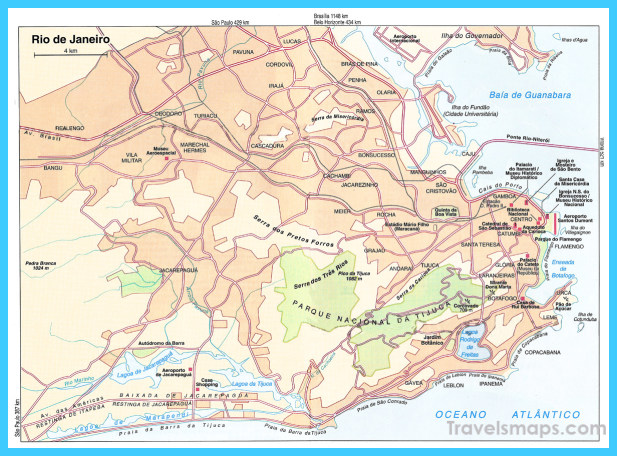
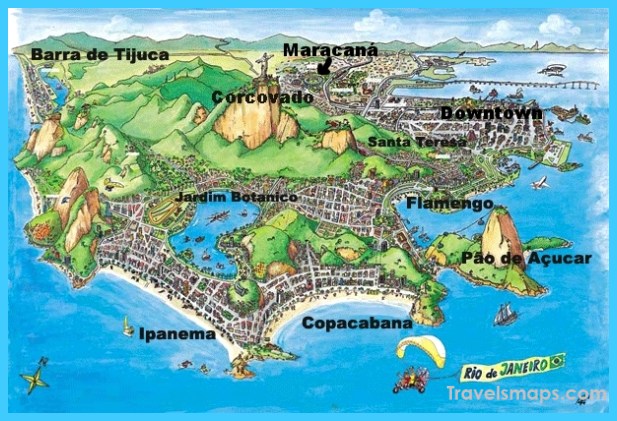
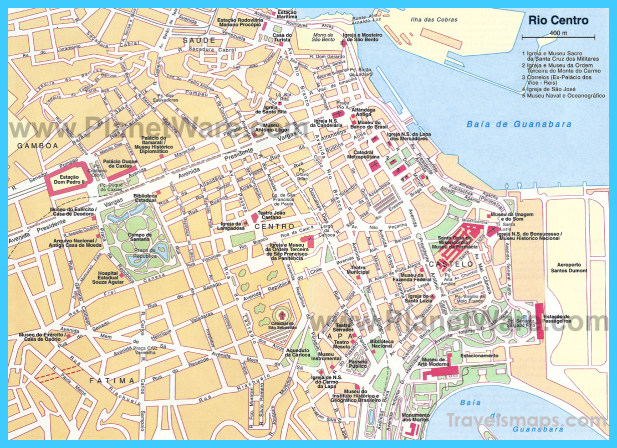
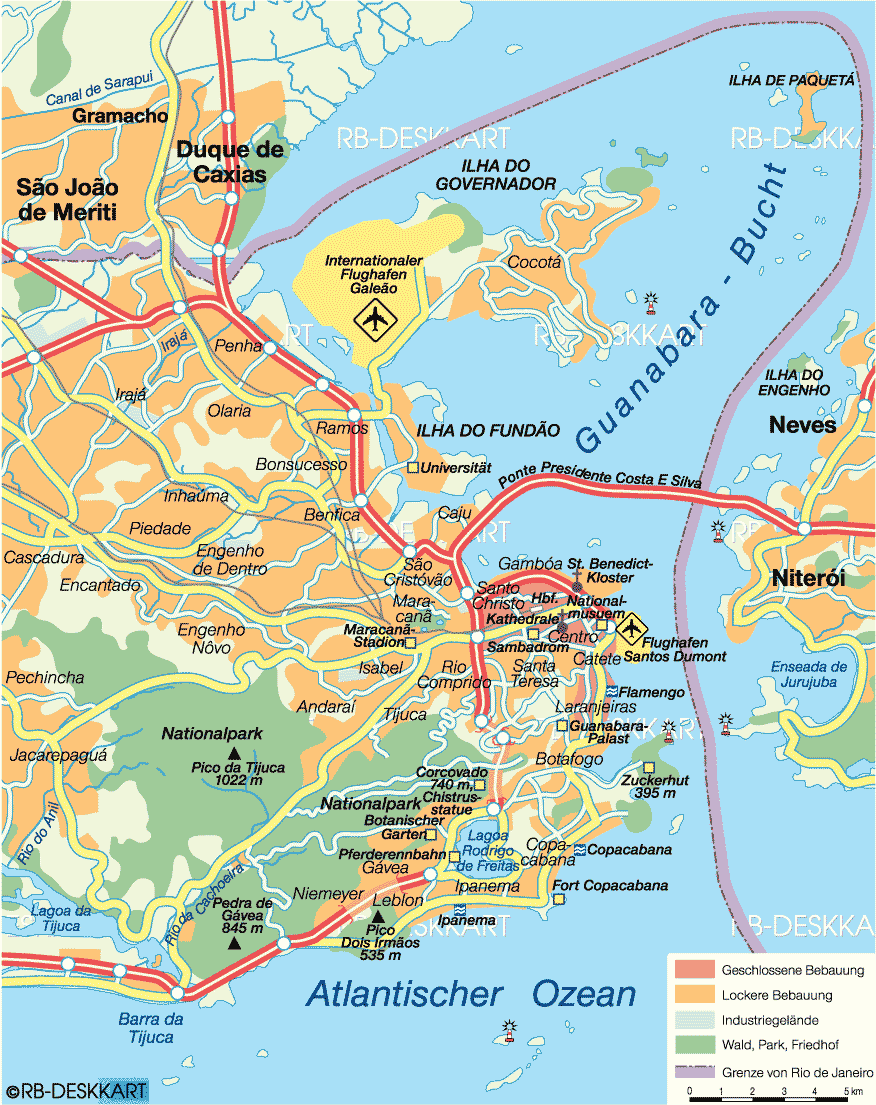
Maybe You Like Them Too
- The Most Beautiful Cities, Monuments and Attractions for Christmas
- The Best Places To Visit In North America For Christmas
- The Best Travel Destinations For Your Bucket List
- Faro Travel Guide: Map of Faro
- Mumbai Travel Guide For Tourists: Map Of Mumbai

